Main project's drivers for reducing the greenhouse gas (GHG) emissions

In response to global warming, GE's Grid Solutions developed g3 insulating and switching gas as an alternative to SF6, which has a very high global warming potential and extended duration in the atmosphere, for use in high-voltage electrical transmission equipment.
Main project's drivers for reducing the greenhouse gas (GHG) emissions
Energy and resource efficiency
Energy Decarbonisation
Energy efficiency improvements
Improving efficiency in non-energy resources
Emission removal
Financing low-carbon issuers or disinvestment from carbon assets
Reduction of other greenhouse gases emission
Project objectives
Proposer des solutions alternatives à l’usage du SF6 pour l’isolation et la coupure des appareillages haute tension. Le projet de développement du disjoncteur appelé LifeGRID est supporté par l’Union Européenne, via le programme LIFE.
Since the late 1960s, because of its remarkable insulating properties, sulfur hexafluoride (SF6) was the most widely used gas in switchgear and metering equipment in high-voltage electrical substations, the “strategic nodes” of power grids. The electricity transmission industrý accounts for about 80% of the world’s SF6 use.
Nevertheless, it has been listed as a greenhouse gas. SF6 is estimated to contribute 23,500 times more emissions than CO₂, if leaked, and can remain in the atmosphere for up to 3,200 years.
GE’s alternative to SF6 gas, which is used as an insulating and switching gas, is the g3 gas. It is the result of ten years of research and development by its teams in France, Germany and Switzerland, in collaboration with the 3M group. The g3 gas mixture consists of carbon dioxide, oxygen, and 3M™‘s Novec™ 4710 dielectric fluid from the fluoronitrile range. Fluoronitrile was identified by GE R&D experts as the most suitable additive to CO2 and O2 to achieve the targeted environmental benefits of an alternative to SF6 without compromising on technical performance and equipment footprint. The global warming potential (GWP) of the g3 gas used in GE’s equipment is more than 99% lower than that of SF6. In terms of technical performance, high voltage equipment insulated with g3 gas offers the same level of performance as products insulated with SF6. They have the same physical size and operate in the same environmental conditions (down to -30°C). A recent European Commission report concluded that switchgear using fluoronitriles may be the only alternative to SF6 when space is a constraint (e.g. in urban areas).
Tests on a 420 kV, 63 kA gas-insulated g3 substation circuit-breaker are underway and will demonstrate that g³ technology can be applied to all other high-voltage levels of European power grids.
Eventually, when all g3 products are available, 10,000 tons of SF6 will no longer be added to the electrical networks each year. In addition, the g3 gas can be used to replace SF6 in particle accelerators.
Emission scope(s)
on which the project has a significant impact
- Emission scopes
- Description and quantification of associated GHG emissions
- Clarification on the calculation
Scope 1
Direct emissions generated by the company's activity.
Scope 2
Indirect emissions associated with the company's electricity and heat consumption.
Scope 3
Emissions induced (upstream or downstream) by the company's activities, products and/or services in its value chain.
Emission Removal
Carbon sinks creation, (BECCS, CCU/S, …)
Avoided Emissions
Emissions avoided by the activities, products and/or services in charge of the project, or by the financing of emission reduction projects.
Avoided Emissions – Replacement of SF6 (GWP 23,500) by g3 insulating and switching gas (GWP 408) in high voltage equipment.
- Quantification : 825 tCO2eq/year over the 40 years of the equipment’s operation
Calculation is based on the life cycle analysis of the equipment.
For an average 420 kV GIS substation (10 circuit breaker bays and 100 m of gas insulated line) the gain will be in the order of 33,000 tons of CO2eq over the 40 years of operation of the unit, or 825 tCO2eq/year over the 40 years of operation of the substation
Key points
Invested amount
€4M of which €2.2M comes from the contribution of the European Union via their LIFE programme.
Starting date of the project
2019
Project localisation
France and Scotland
Project maturity level
Prototype laboratory test (TRL 7)
Real life testing (TRL 7-8)
Pre-commercial prototype (TRL 9)
Small-scale implementation
Medium to large scale implementation
Economic profitability of the project (ROI)
Short term (0-3 years)
Middle term (4-10 years)
Long term (> 10 years)
Illustrations of the project
By replacing SF6 with g3 insulating and switching gas in high voltage equipment, the project limits the risk of leakage, which can generate 23,500 times more emissions than CO2 and can remain in the atmosphere for up to 3,200 years. In this sense, this project contributes to the Sustainable Development Objective #13 “Measures to Combat Climate Change”.
The demonstration of the ability to replace SF6 with g3 insulating and switching gas on the highest performance level of networks in Europe (420 kV, 63 kA), allows the deployment of this technology for all high voltage applications using SF6 today.
To facilitate the deployment of this technology, GE has also signed a non-exclusive, cross-licensing agreement with Hitachi – ABB Power Grids that will allow Hitachi-ABB Power Grids to develop equipment using the same technology:
As part of the LIFE project, partnerships have been established with European universities and research centers such as the Leibniz Institute for Plasma Science and technology (Germany) and the Universitý of Technology in Brno (Czech Republic).
Contact the company carrying the project :
bertrand.portal@ge.com
